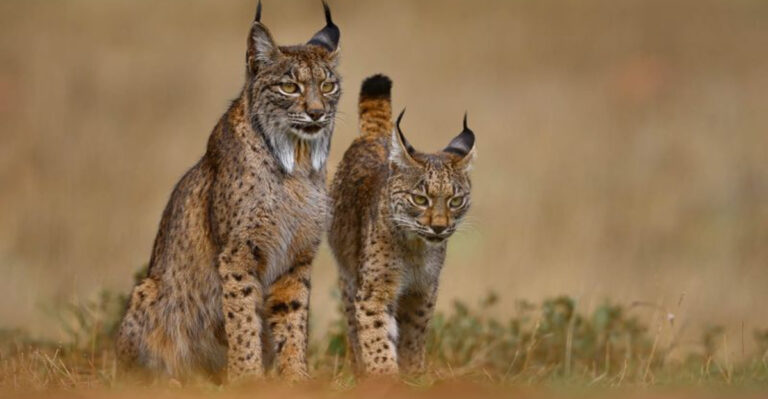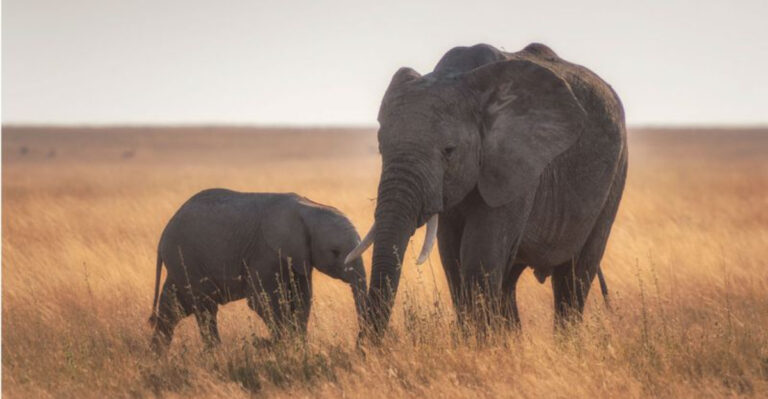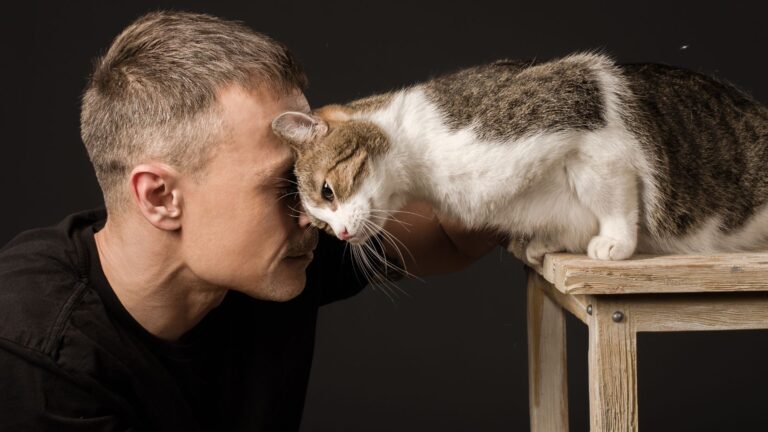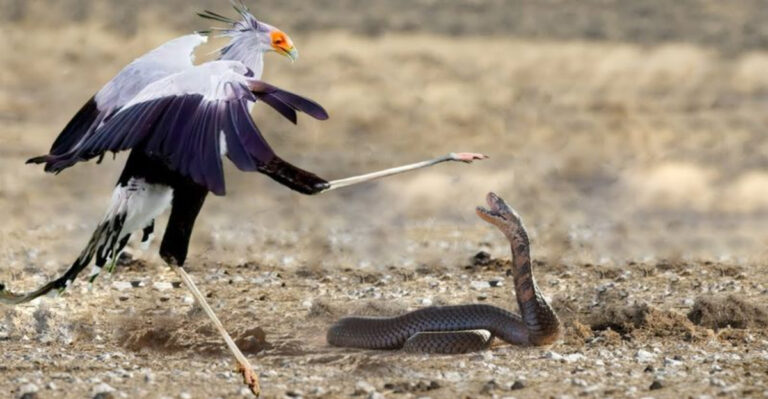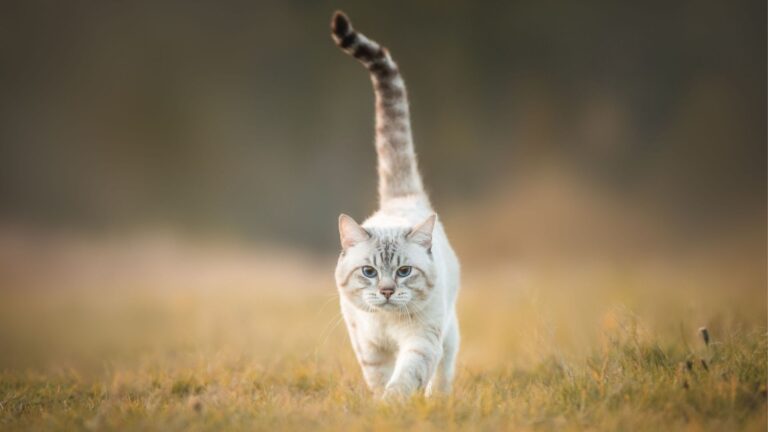10 Big Cats That Break The “Loner” Stereotype And How
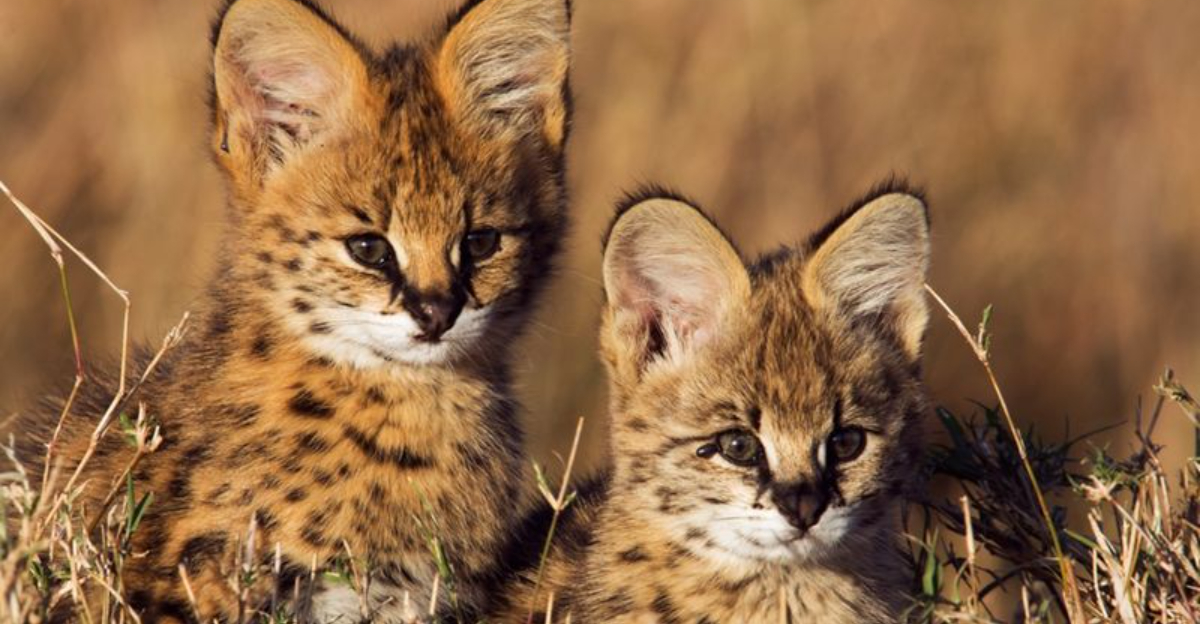
When we think of big cats, we often picture solitary hunters stalking prey alone in the wild. But this loner image isn’t always accurate.
Many species of big cats actually enjoy company and form meaningful relationships. From pride-living lions to brother cheetahs who stick together for life, these magnificent felines prove that even apex predators sometimes need friends.
1. Lions
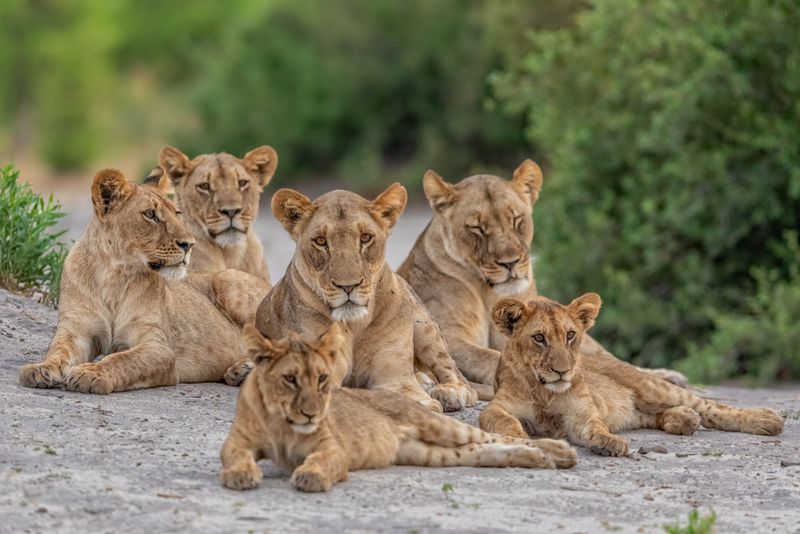
Kings of coordination, lions thrive in family units called prides. These powerful cats hunt together, raising cubs communally where several lionesses will nurse and protect all the young.
This teamwork gives lions a unique advantage when tackling large prey like buffalo or zebra. Their social structure also provides better protection against rival males and hyenas.
2. Cheetahs
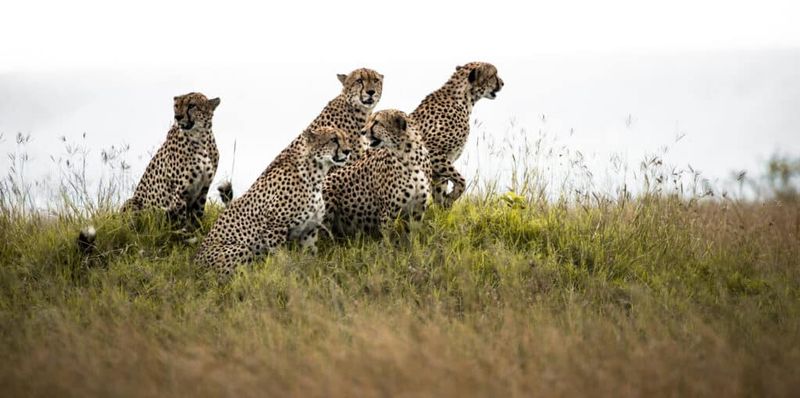
Brotherhood means survival for male cheetahs. Unlike most cats, brothers often form lifelong alliances called coalitions, hunting and defending territory together.
These sleek speedsters gain crucial advantages through teamwork. Research shows coalition members live longer and father more cubs than solitary males, proving that sometimes the fastest cat needs friends too.
3. Snow Leopards
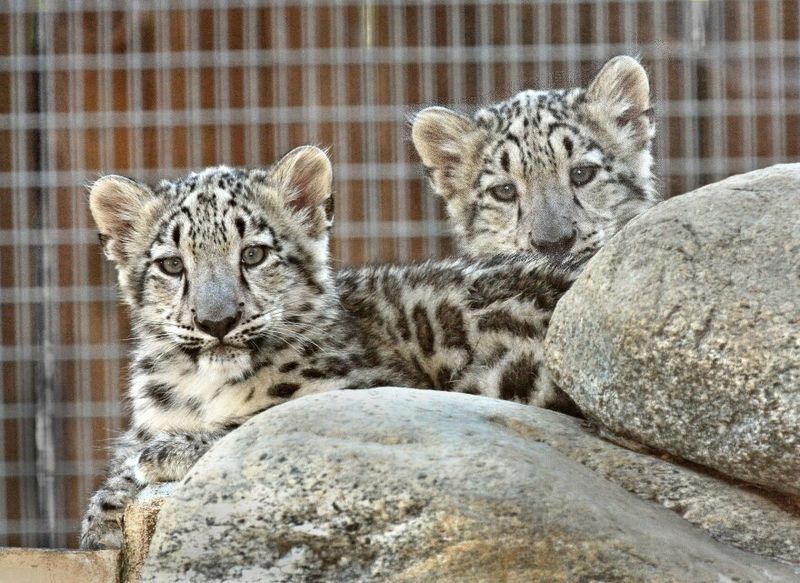
Mountain ghosts with family values! Snow leopards may roam alone through Himalayan heights, but mothers and cubs share incredibly strong bonds. Cubs stay with mom for nearly two years – longer than many big cats.
These elusive felines face harsh mountain conditions where temperatures plummet below freezing, making these extended family connections crucial for teaching survival skills.
4. Leopards
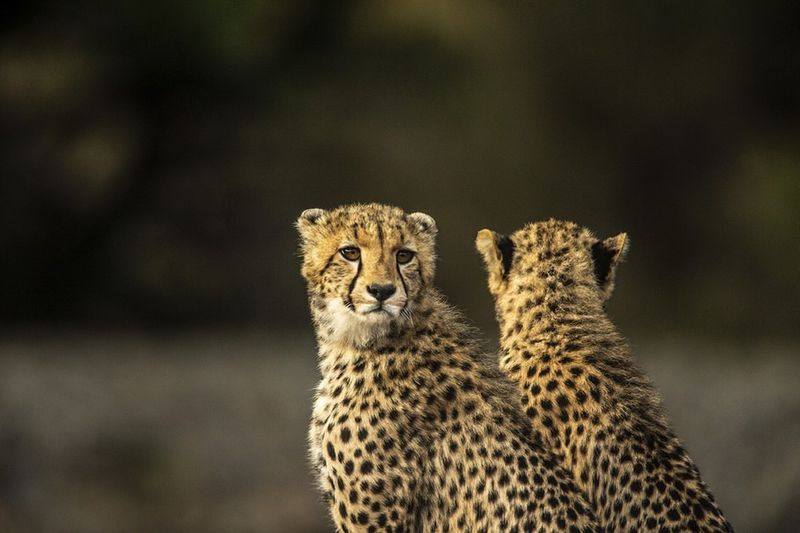
Tree-climbing experts with hidden maternal sides. Female leopards fiercely protect their cubs, often hiding them in dense vegetation or rocky outcrops.
Though adults maintain separate territories, mothers teach cubs essential hunting techniques during their 18-month dependency period. Young leopards learn to stash kills in trees – a unique skill passed down through generations of these spotted masters of stealth.
5. Tigers
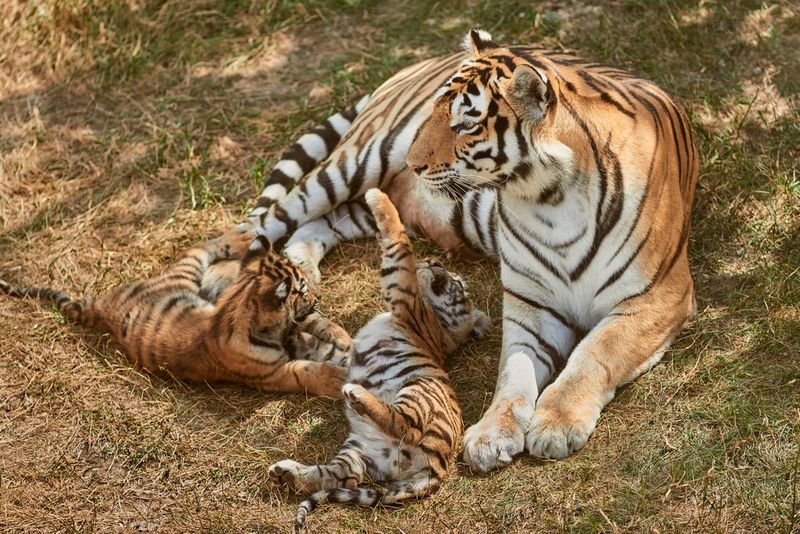
Fiercely independent yet deeply devoted parents. Tiger mothers raise cubs alone for up to three years, teaching them everything from hunting to swimming. These striped giants communicate through complex vocalizations and scent marking.
Siblings often play-fight, developing crucial skills for their adult lives. This extended family period creates some of the strongest mother-offspring bonds in the animal kingdom.
6. Cougars

Mountain lions challenge our understanding of cat society. Researchers have documented siblings maintaining connections even after leaving their mother. These tawny hunters occasionally form small groups to tackle larger prey.
Young cougars sometimes travel together for months after independence, creating temporary alliances that help them establish territories and improve hunting success during this vulnerable transition period.
7. Clouded Leopards
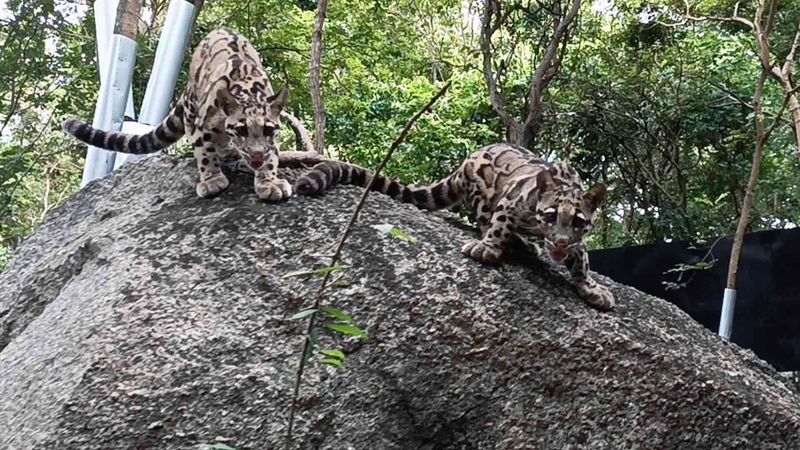
Mysterious forest dwellers with surprising family dynamics. Mother clouded leopards invest heavily in their cubs, teaching specialized climbing techniques for navigating dense rainforest canopies.
Their remarkable rotating ankles allow descending trees headfirst – a skill that requires maternal guidance. Though rarely observed in the wild due to their secretive nature, these medium-sized cats maintain family bonds for up to ten months.
8. Jaguars
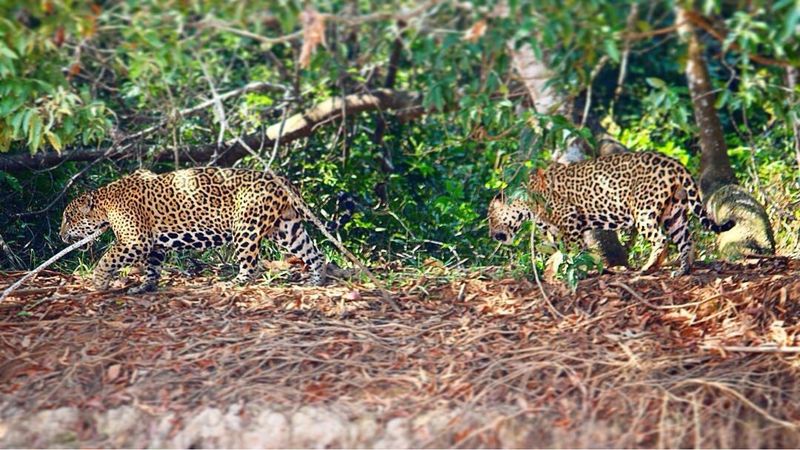
Rainforest royalty with flexible social rules. Though typically portrayed as loners, jaguars occasionally gather around abundant food sources like riverbanks during fish migrations.
Researchers have documented surprising tolerance between these powerful cats when resources are plentiful. Their unique skull structure – the strongest bite force of any big cat – allows them to crack turtle shells and caimans, sometimes attracting multiple jaguars to prime hunting grounds.
9. Servals
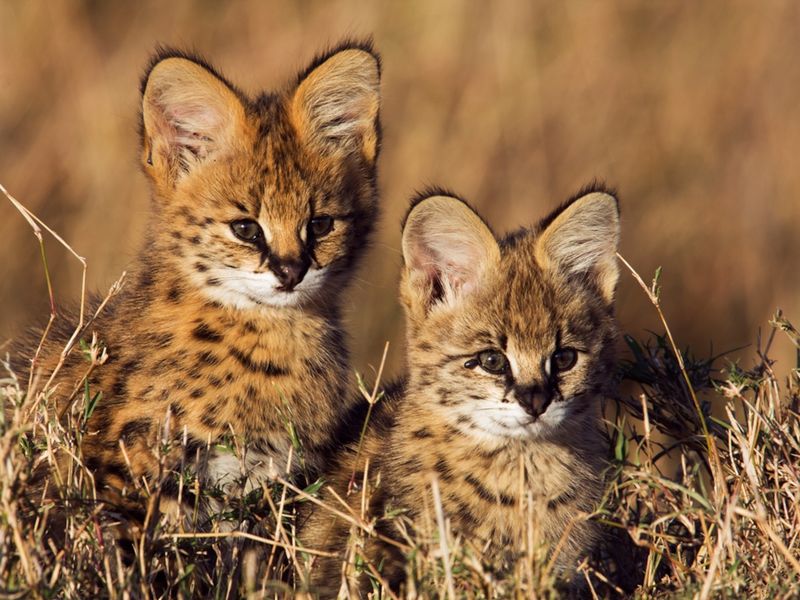
Grassland acrobats with playful social sides. These elegant, long-legged cats maintain loose connections within overlapping territories, especially females. Servals communicate through high-pitched chirps and distinctive body language.
Young servals engage in elaborate play behaviors that develop their famous pouncing technique – leaping up to 10 feet high to catch birds and rodents. This play continues occasionally into adulthood.
10. Caracals
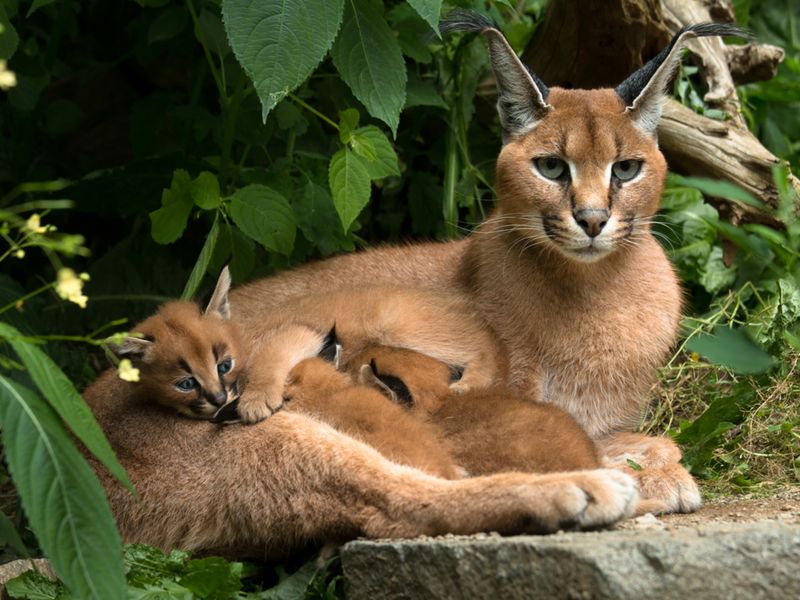
Desert dancers with secret social lives. Caracals, famous for their tufted ears, show remarkable tolerance toward each other compared to other medium-sized cats. Researchers have observed shared territories, particularly among related females.
These athletic hunters can leap over 12 feet high to catch birds mid-flight! Their striking copper-colored coats help them blend into arid environments while maintaining visual contact with other caracals.

